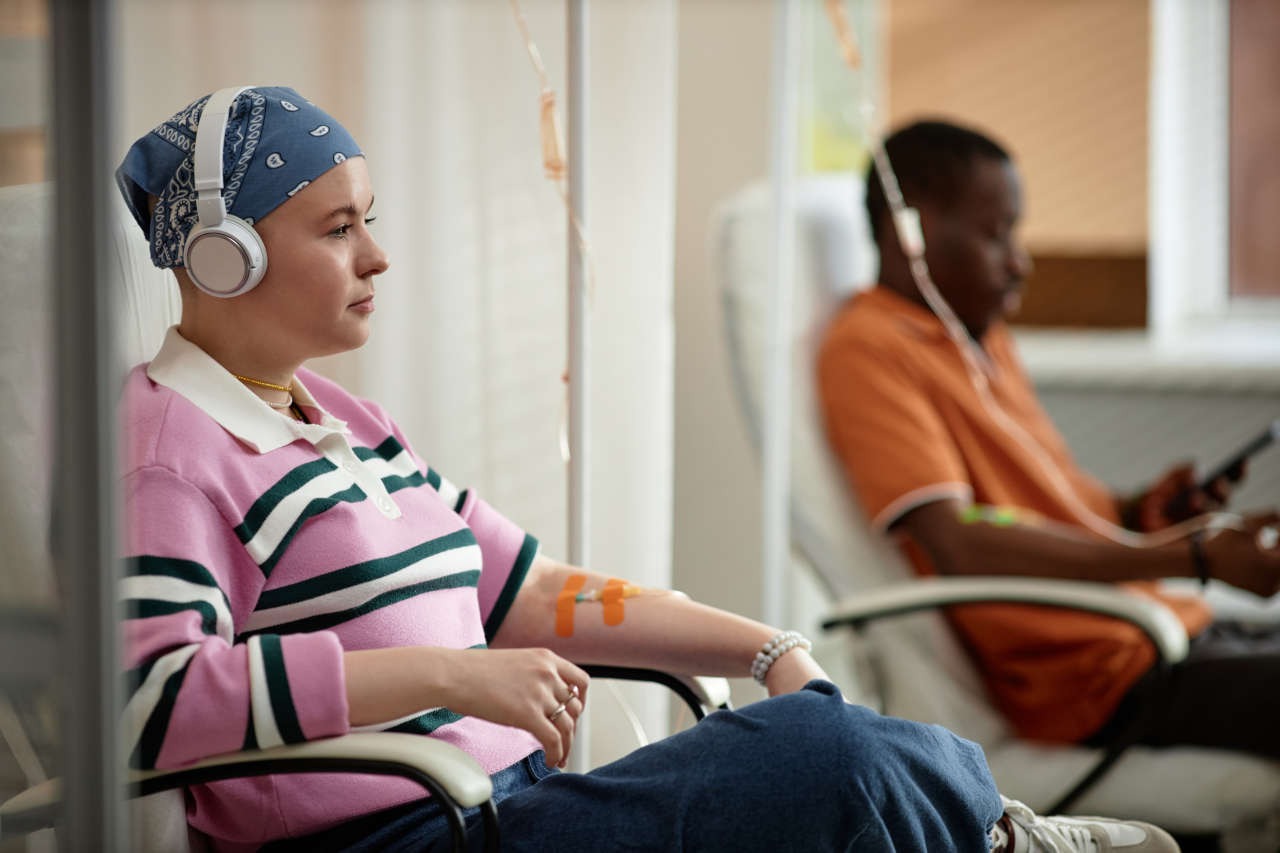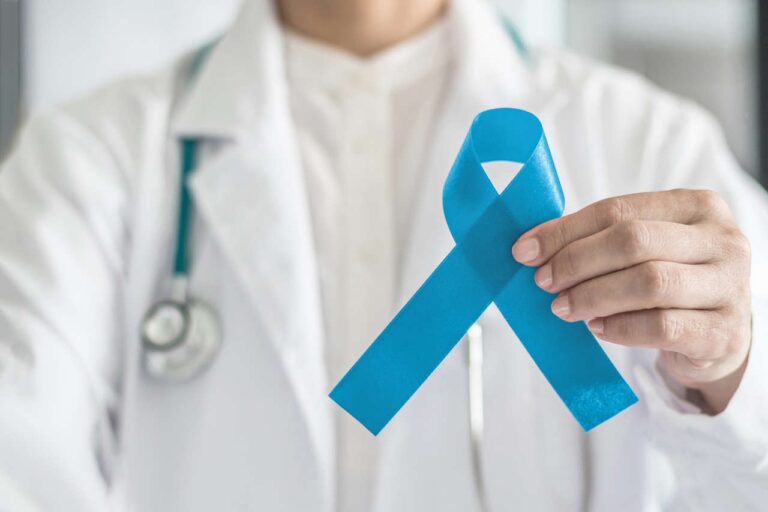
Doxil, also known as liposomal doxorubicin, is a chemotherapy medicine used to treat different types of cancers. The drug is given through IV (intravenous) infusion.
Get Copay Assistance Now
Doxil is sometimes given in combination with other chemotherapy drugs, depending on the patient’s condition and medical history. Before starting this medication, it is crucial to inform your doctor about your allergies, medical history, and if you are pregnant or breastfeeding.
In this blog, we will discuss Doxil in detail, including how the treatment works, how it is administered, its side effects, drug interactions, contraindications, and more.
What Is Doxil and How Does It Work?
Doxil is an anticancer prescription drug that is primarily given in metastatic ovarian cancer, myeloma, and AIDS-related sarcoma. It is also used to treat breast cancer.
It belongs to the class of drugs known as anthracyclines and contains the active ingredient, doxorubicin, in its formulation.
The medication works by two mechanisms:
- It interferes with DNA production and damages the DNA by inserting itself and blocking the enzyme topoisomerase 2. This slows or inhibits the growth of cancer cells.
- It generates free radicals, which help damage the DNA.
What Does Doxil Do to the Body?
Doxil is an antineoplastic chemotherapy medication that inhibits the growth of rapidly dividing body cells.
By targeting the rapidly dividing cells, it can destroy both cancer and normal cells, which can cause unwanted side effects.
Due to its liposomal formulation, this treatment specifically targets cancerous cells while minimizing damage to healthy cells.
How Successful Is Doxil?
The success and response rate of Doxil can vary from person to person. The overall response rate has been reported to be around 16% – 20%.
- For breast cancer, a study reported that response to treatment with Doxil was seen in 56.5% of women.
- Another study reported a response rate of 9% – 16% as a second-line agent for ovarian cancer.
What Is the Chemotherapy Drug Doxil Used For?
Doxil is used to treat different types of cancers, including:
- Ovarian cancer, when the tumor has recurred or progressed after platinum chemotherapy
- AIDS-related Kaposi’s sarcoma
- Multiple myeloma or acute myeloid leukemia. Doxil is given in combination with bortezomib to treat myeloma in patients who have not been prescribed bortezomib before and have received one prior chemotherapy.
Speak to a Specialist
About Copay AssistanceHow to Use Doxil
- Doxil treatment is administered by a healthcare provider through intravenous (IV) infusion. The medication takes about 60 minutes to be completely injected into the body.
- It is administered only through the IV route. Any other route, including intramuscular or subcutaneous routes, should be avoided.
- It is administered at an initial rate of 1 mg/min, and the rate may be gradually increased if no infusion or allergic reactions occur.
- The drug should not be given as an undiluted solution or bolus injection.
- The medication is typically administered once every 21 to 28 days.
- This medication is approved for use in adults only. It should not be administered to infants or children.
- If you notice any signs of redness, swelling, or pain near the injection site, immediately inform your healthcare provider.
Doxil Dosage
The dosage of Doxil varies depending on the type of cancer and the patient’s condition.
Ovarian Cancer
For ovarian cancer, the dose is 50 mg/m2, given through intravenous infusion every 28 days.
Myeloma
The recommended Doxil dosage for multiple myeloma is 30 mg/m2, given intravenously every 4th day of a 21-day cycle for eight cycles or until any toxicity or disease progression occurs.
AIDS-Related Kaposi’s Sarcoma
For AIDS-related sarcoma, the dose of Doxil chemotherapy medication is 20 mg/m2 intravenously every 21 days until any toxicity or disease progression occurs.
Strength
Doxil HCL injection is a translucent red liposomal dispersion that comes in single-use vials and is available in two strengths:
- 20 mg/10 ml
- 50 mg/30 ml
Doxil Side Effects
The side effects of Doxil can go away a few weeks after treatment as the body gets used to the drug. They also go away after ending the therapy.
If the side effects become severe or intolerable, it is recommended to inform your doctor or pharmacist.
The common side effects of Doxil include:
- Diarrhea
- Hair loss
- Constipation
- Loss of appetite
- Nausea and vomiting
- Mouth and throat irritation
- Reddish-orange color (not blood) in urine, sweat, and tears. This side effect should not be confused with blood in urine.
Get Financial Assistance

The serious side effects of the chemotherapy medication Doxil that should be reported immediately include:
- Chills
- Fever
- Itching
- Flushing
- Back pain
- Wheezing
- Headache
- Chest pain
- Passing out
- Fast heartbeat
- Blue or gray skin
- Very bad dizziness
- Swelling of the face
- Shortness of breath
- Chest or throat tightness
Doxil Cost
The overall cost of Doxil varies depending on the total number of doses prescribed and the pharmacy where you purchase your medication.
On average, the cost of Doxil intravenous dispersion treatment ranges from $347 – $469 for a quantity of 10 ml, depending on your location, drug manufacturer, and pharmacy.
Contraindications
Doxil should be avoided or more closely monitored when used under the following conditions:
- Hypersensitivity or allergic reactions to the drug or any of its components
- Any active infection
- Recent myocardial infarction, heart failure, cardiomyopathy, or any heart condition
- Severe hepatic impairment
It is recommended that you inform your doctor if you are using any medication or have any health conditions before starting Doxil.
How AmeriPharma® Specialty Pharmacy Can Help
At AmeriPharma® Specialty Pharmacy, we provide the essential resources and personalized care you need to navigate your treatment journey.
Our URAC-accredited specialty pharmacy offers home infusion therapies, hard-to-find medications, and comprehensive copay assistance across 40+ U.S. states and territories. Contact us today for compassionate, specialty care at home.












